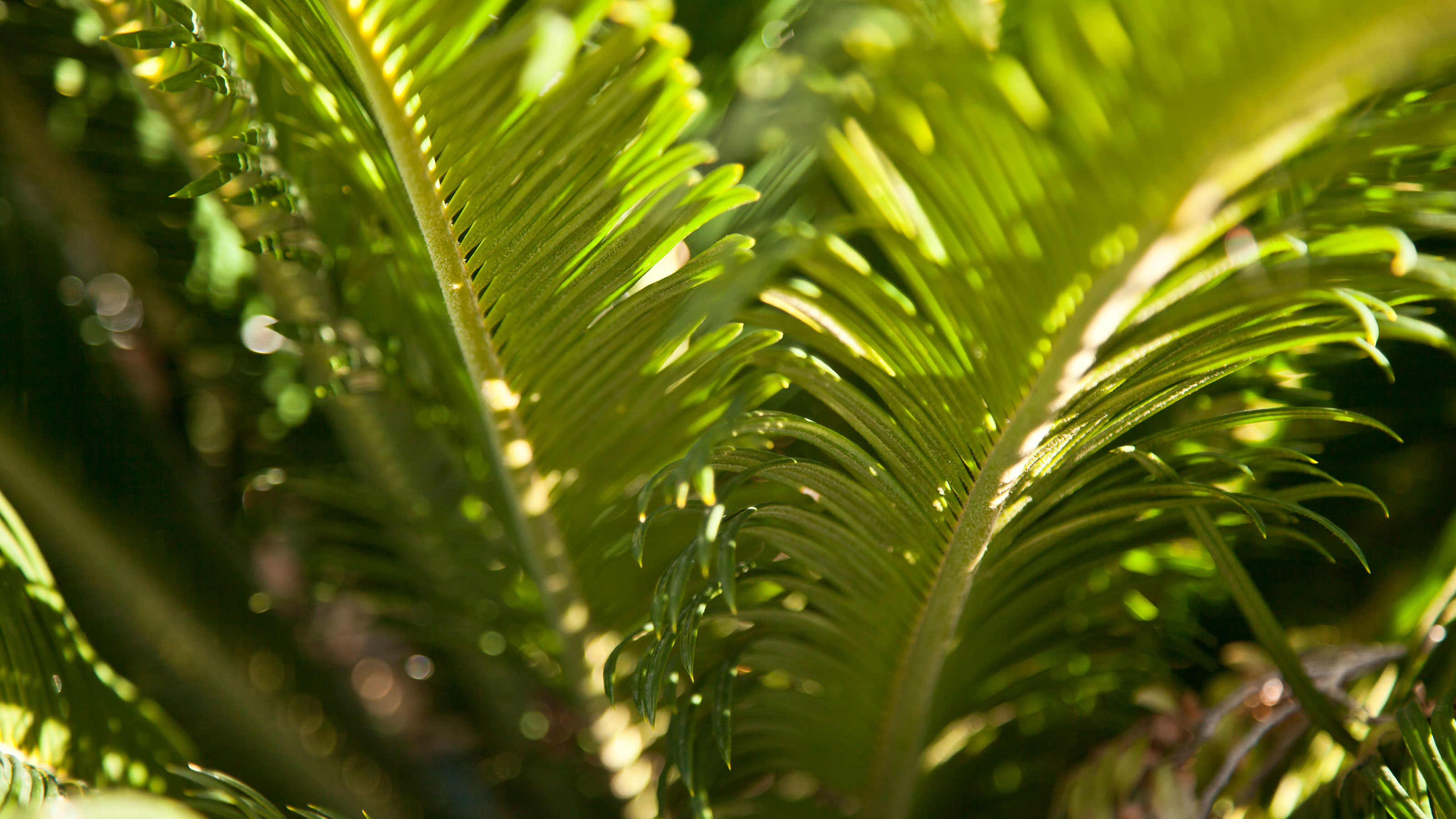5 reasons why your sago palm is turning yellow, according to plant experts
Two house plant experts explain why your sago palm is turning yellow and what you can do about those drying fronds


If your sago palm is turning yellow, rest assured that you are not alone. Sago palms, which go by the botanical name Cycas revoluta, are native to southern Japan and are sometimes kept as indoor plants.
Nevertheless, whether grown inside or outdoors, they can be one of the hardest plants to keep alive and thriving. As with most high-maintenance plants, it's often a case of the growing conditions needed for the plant not quite matching your climate. Either you work hard to adapt your habitat available for the plant or, you choose a different kind of plant altogether, selecting one that is better suited to your garden or indoor space in a bid for success.
Old Chinese Feng Shui expert Clara Leung who owns Clara’s Green House, an online Facebook Marketplace shop says how 'Sago Palm is one of the hardest plants on earth!' And that keeping them happy can be a constant battle if your home or yard space isn't a good fit.
Why is my sago palm turning yellow?
It's all to do with location, correct light levels and nutrition. You'll typically see healthy sago palms on the West Coast in California but also in Florida. Leung adds 'Actually, they are doing better on the West rather than the East coast because they demand “too bright” indirect sunlight constantly while living in moist soils.'
That's not to say that there aren't other factors causing yellowing leaves on sago palms or, ways to solve this common problem.
1. Overwatering
Getting water levels right is tough with all plants and sago palms are no different. Tasha Adams, plant expert and owner of Hickory Lane Plants, a chic mobile plant business that runs out of a truck named “Joe” from Facebook Marketplace, as well as a retail storefront, says that incorrect watering is a major contributing factor to yellowing leaves in sago palms, especially if they aren't fully established in their growing spot with the right light levels. 'Yellowing leaves can be caused by multiple reasons, but the main reason is overwatering.'
Though some keep sago palms indoors, they love to be outside and Adams also notes how they can be fairly drought-tolerant plants once they set nice roots in their container. To combat overwatering problems, ensure your sago palms have good drainage and never leave yours in standing water as too much will result in root rot of which yellowing leaves are a tell-tale sign.
Get small space home decor ideas, celeb inspiration, DIY tips and more, straight to your inbox!
2. Light levels
Sago palms love really bright, indirect sunlight so you'll want to set their container somewhere where there is full sun but partial shade also and this will help with yellowing leaves, giving you bigger, greener foliage over time.
Leung notes that if you're somewhere with not enough light but growing sago palms indoors, you can try other methods for success, 'If East coast folks want to have sago palm, no problem but adding artificial LED light and having this light turned on 24/7 might help keep leaves greenish.'

3. Time to acclimatize
Not many plants are fond of being disturbed, indoors or out, and sagos are particularly susceptible to movement, taking a little longer to acclimatize which may see their leaves turn yellow. So if you've recently repotted or moved your Sago palm to another spot in your plot or home, expect yellowing foliage and some dropping leaves at first but once the roots re-establish, color levels and general health should be restored.
Adams says how acclimating a sago palm to a new environment can be a slow process where you'll need to be patient: 'Always acclimate your plants to new environments slowly,' especially if the plant's new location is going to be in full and direct sun.
To help support your plant, ensure the light levels are on point and avoid putting them in a busy spot with a lot of foot traffic to avoid further disturbances also. You will want to keep them out of the way of pets and small children especially as sago palms are toxic 'Keep in mind that Sago palms are toxic to humans and animals. It can cause an itchy rash, liver damage (in animals) and GI upset/distress.' Adds Adams. If nowhere in your home is safe from the reach of little hands – or paws – you should choose a pet-friendly houseplant instead.
4. Nutrition and soil pH levels
It's always wise when growing garden plants to know your soil type and acidity levels as this will give you a far clearer indication of what will do best in your garden. Magnesium deficiency can cause color changes in sago palm leaves so it's worth picking up a slow-release fertilizer to keep fronds green. Miracle-Gro Shake 'N Feed Palm feed contains healthy magnesium and manganese levels and is specifically designed for palms.
Be careful to not overdo it either as too much fertilizer can cause leaves to yellow also.
5. Cold spells
Sago palms really do best in warm climates but you can, of course, have a cold spell anywhere and you may notice yellow leaves after a drop in temperature. This happens as the roots seize up, making it harder for the palm to absorb the nutrition needed to stay in good health.
The remedy is simply not to panic and to continue maintaining good general care of your sago palm. In time, green leaves should come through once again.

Should I cut the yellow leaves off my sago palm?
If all the leaves have turned yellow, don't cut them off immediately, tempting as it may be. You'll want to try a solution to remedy one of the problems listed above, then once new green leaves start to appear, you can cut back the yellow/dead leaves.

I'm Cam, the former deputy editor of Real Homes who worked on the site from 2020 to 2023. As a renter myself, sharing a home with two friends (and my cat) in London, I know all too well the challenges that this can pose when it comes to creating your perfect setup. As someone who has always loved everything interior design-related, I cannot rest until a home feels right and I am really passionate about helping others get there too, no matter what their living situation, style, or budget may be. It’s not always the easiest to figure out, but the journey is fun and the results are so worth it.
After interior design, travel, art, and photography are my next big passions. When I’m not writing or editing homes content, I’m usually tapping into other creative outlets, exploring galleries in London or further afield, taking photos, scribbling, or drawing!